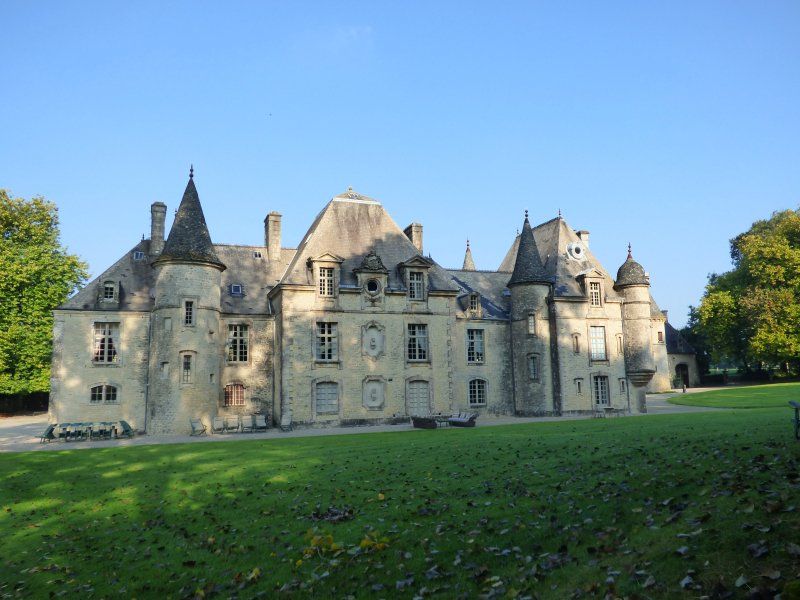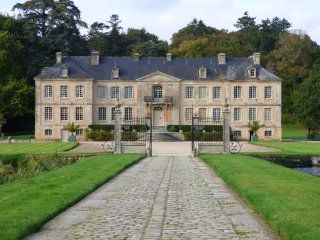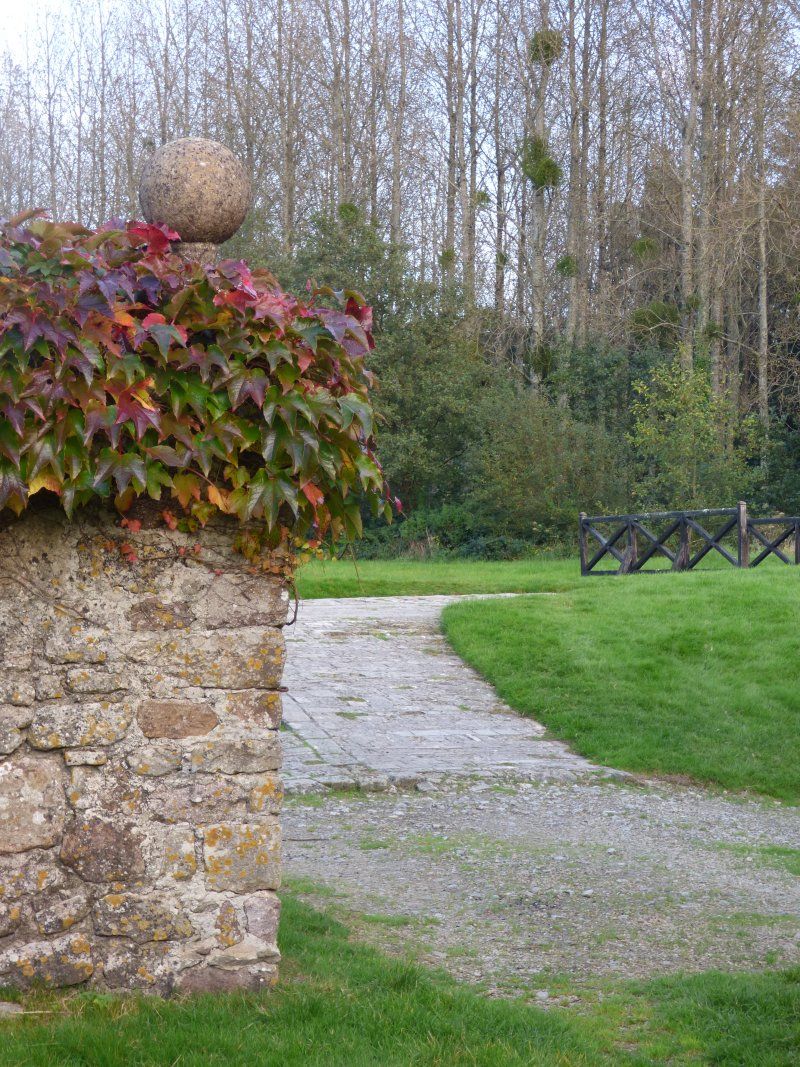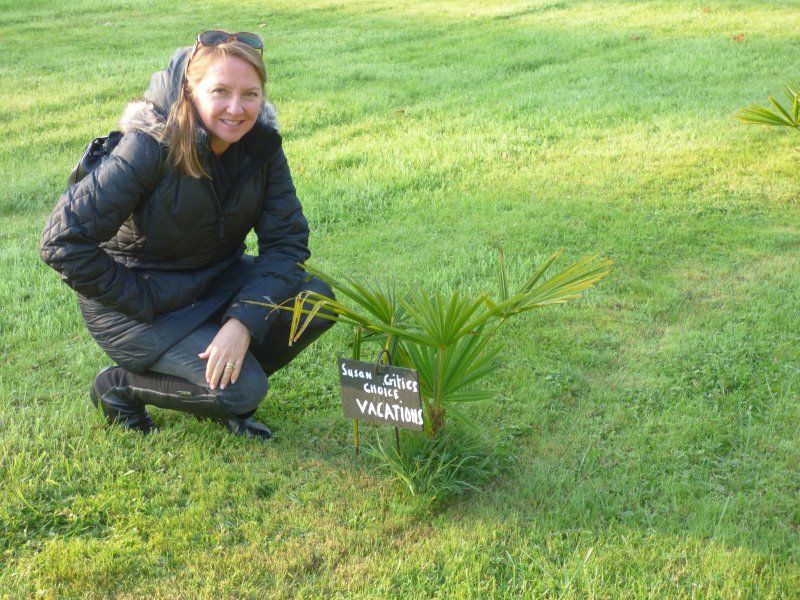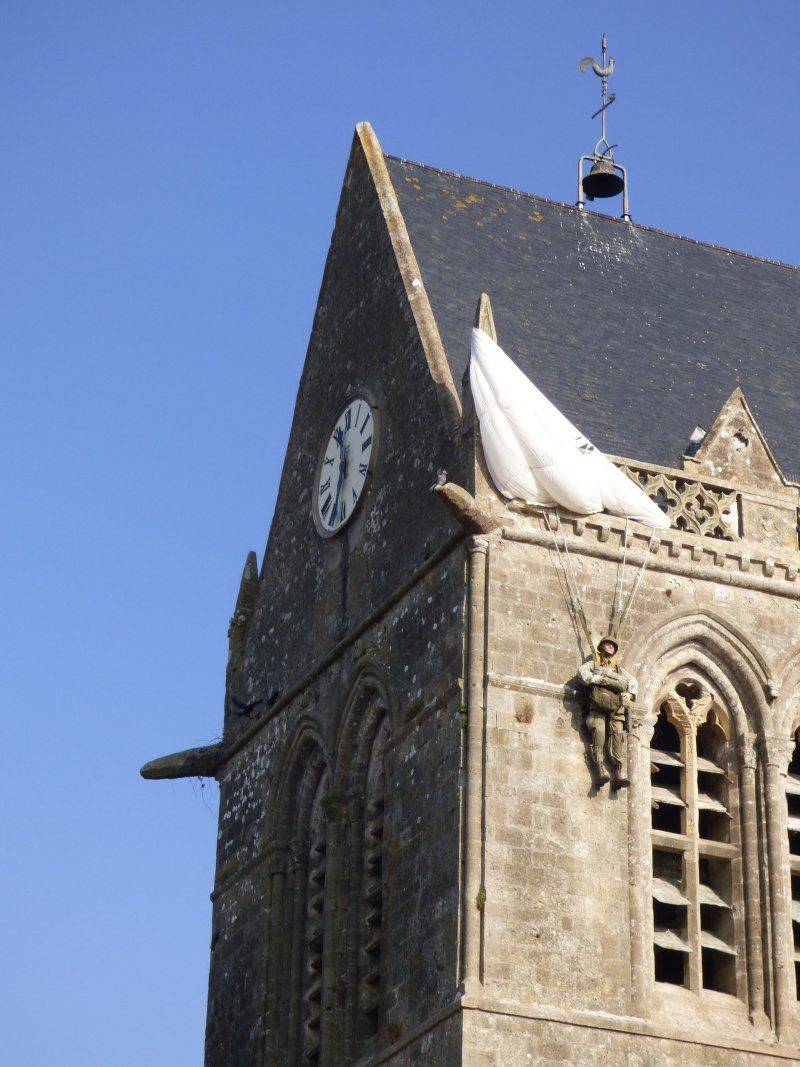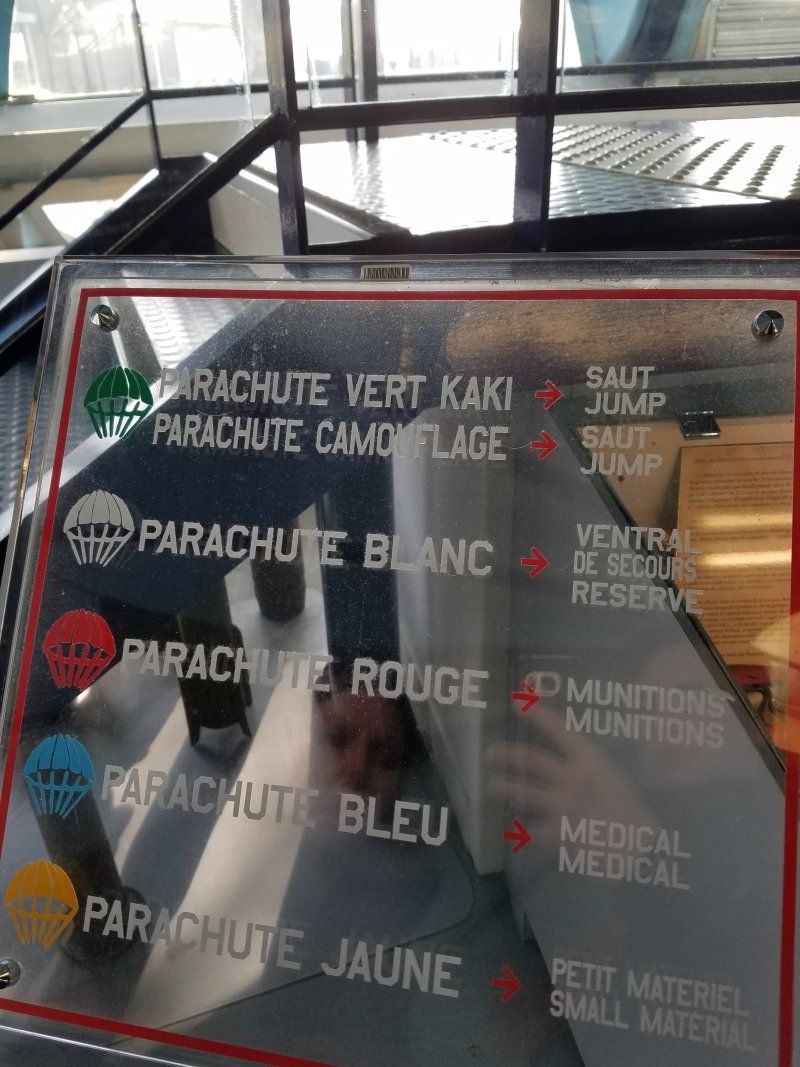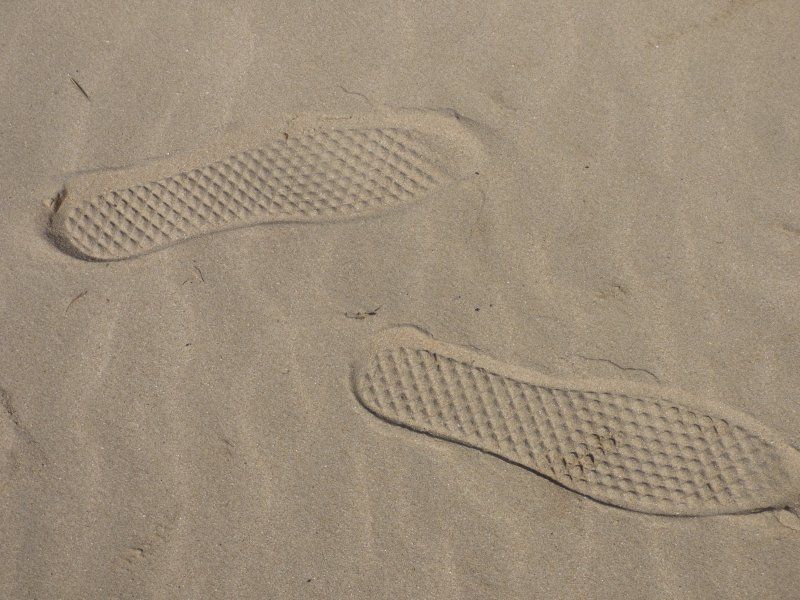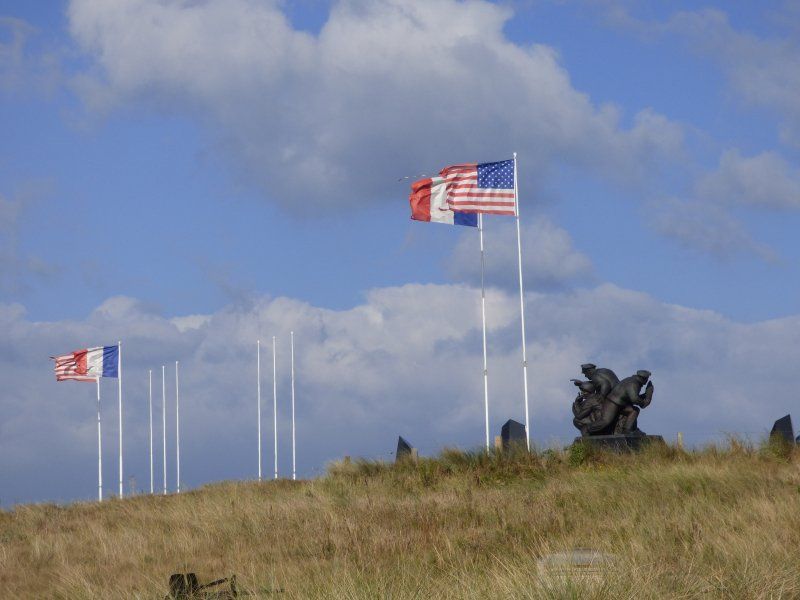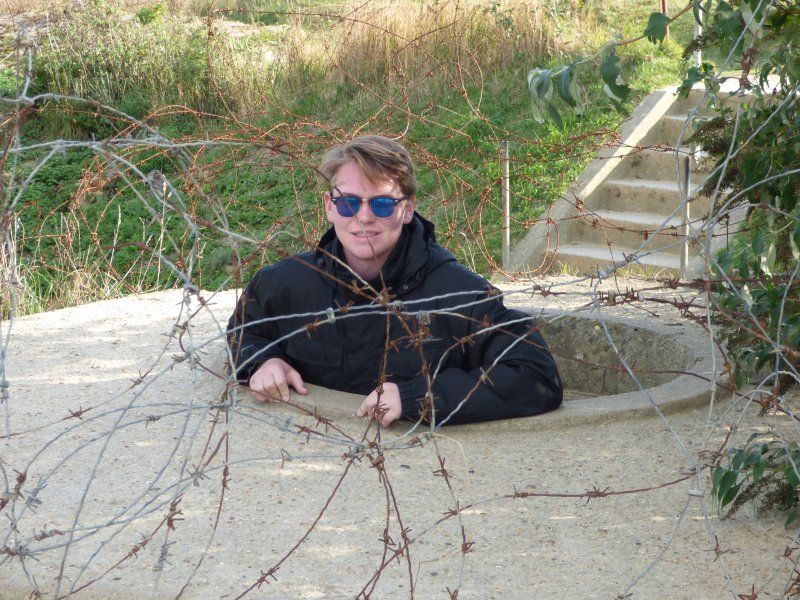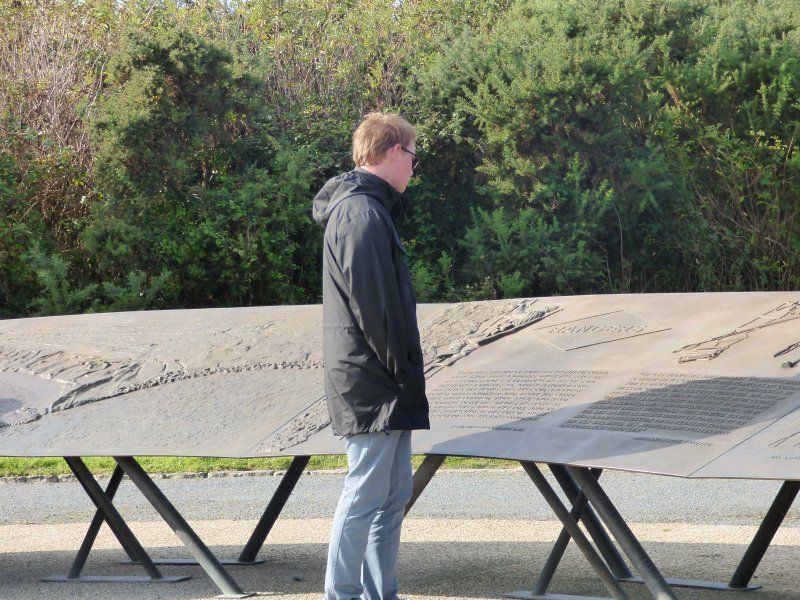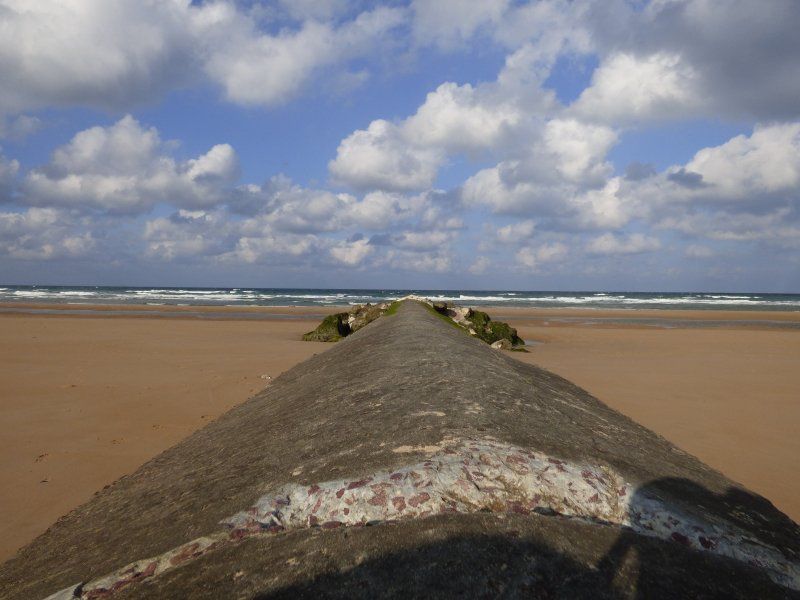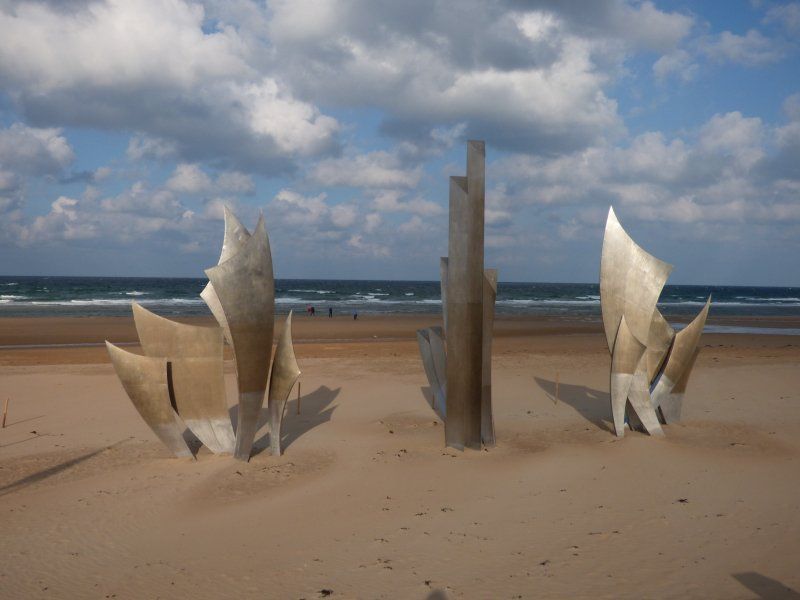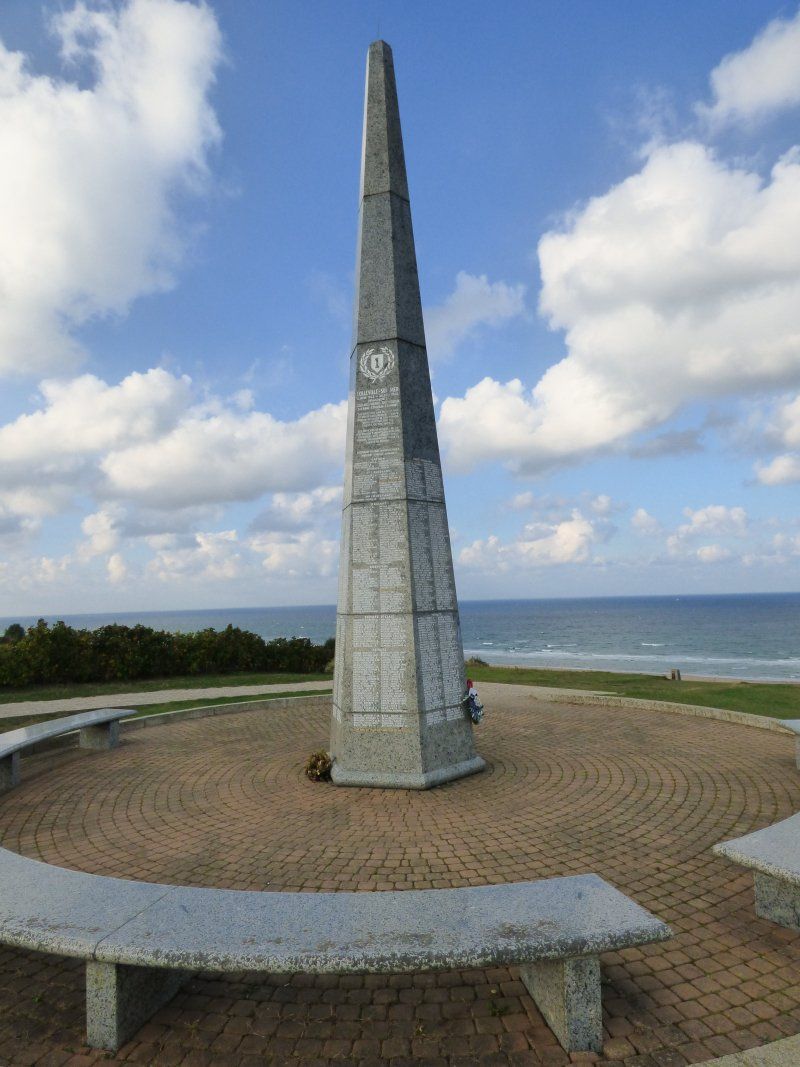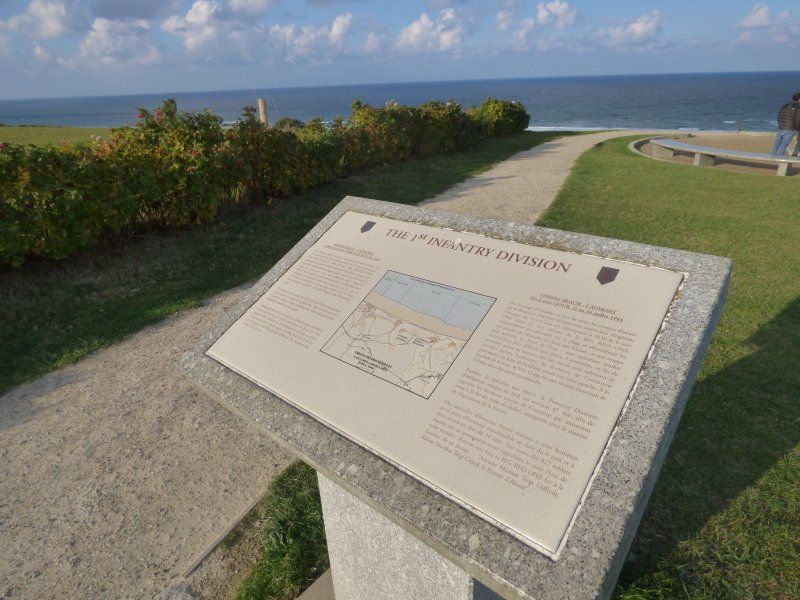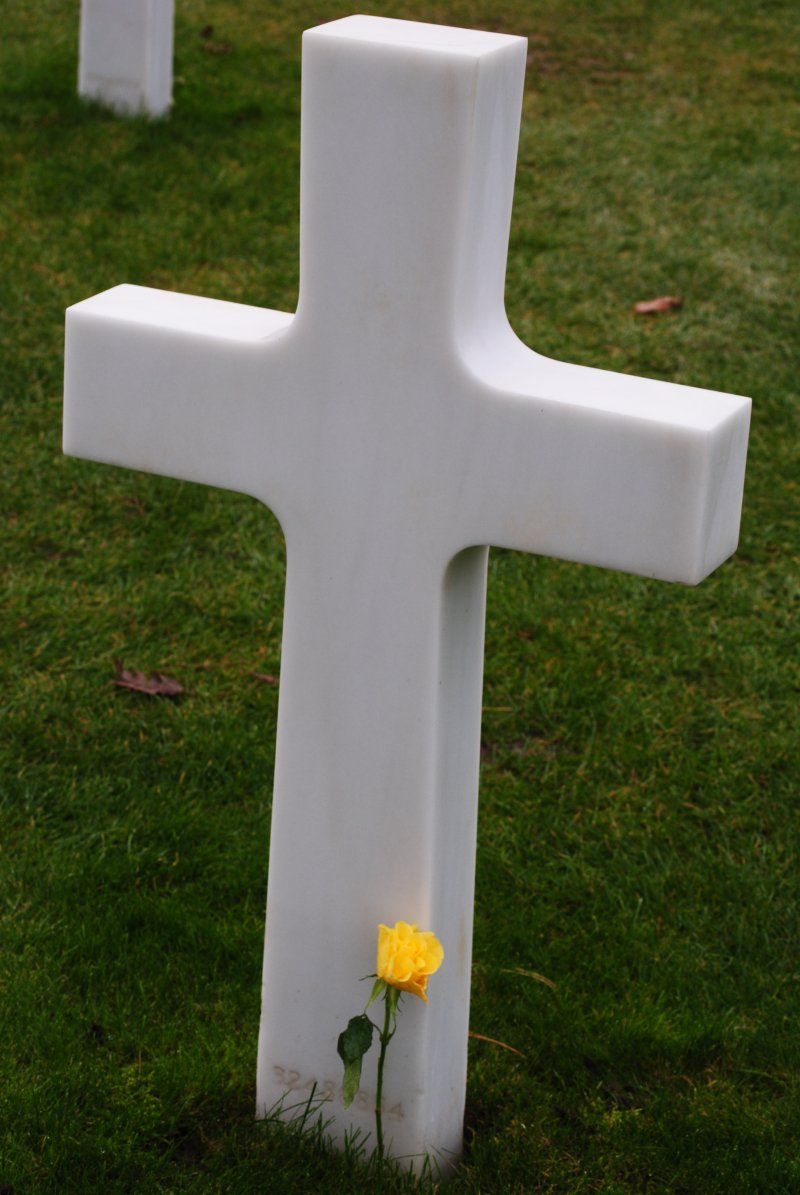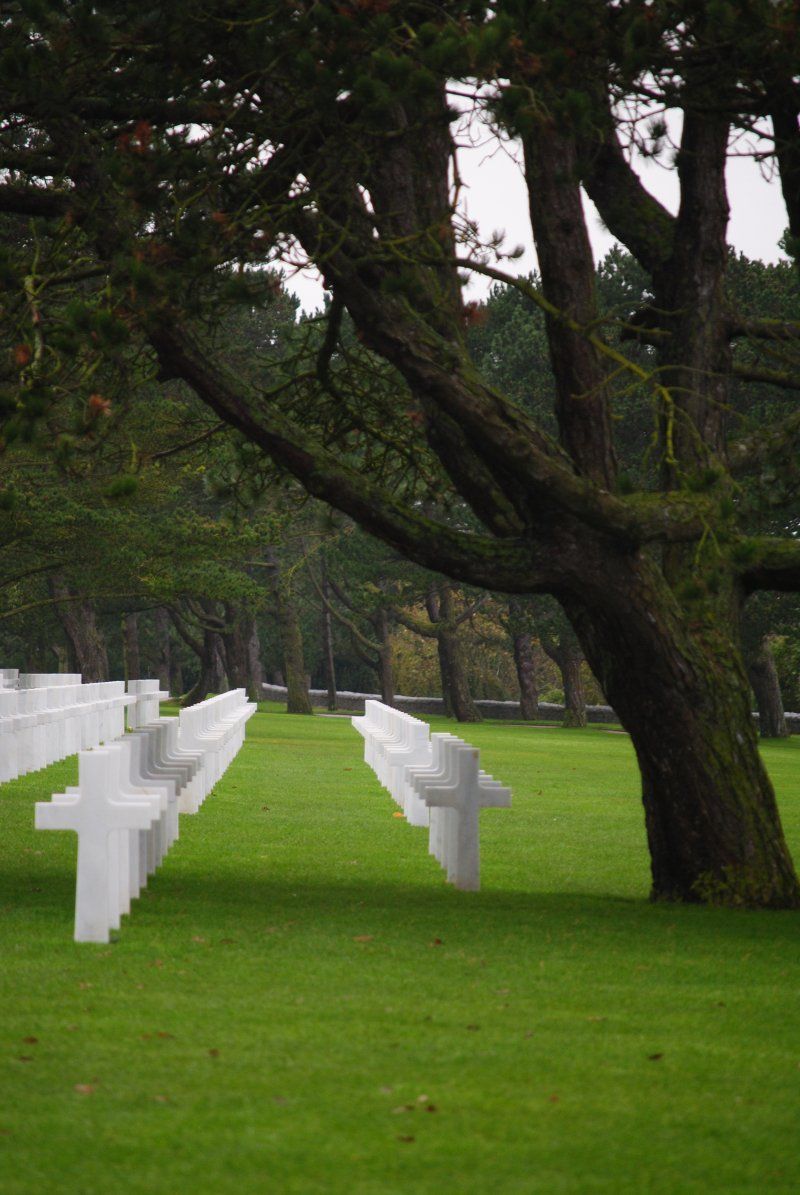Critics Choice Vacations
Normandy, France
A big thanks to you have followed along on a very special trip my son and I had in the fall. This will be the last post from that trip and my apologies that it has taken this long to post, but better late than never they always say.
While we were in Normandy, we were so fortunate to stay with the nicest couple and owners of Chateau Pont Rilly. For a full album, please click here: Chateau Pont Rilly album.
After the hustle and bustle of Paris, we were so honored to be invited for a 2 night stay at this AMAZING Chateau in Normandy! I am in love! This amazing Chateau offers B&B rates (super reasonable with full en-suite bath), two options for larger families with full kitchen and laundry services (can be rented SAT-SAT during peak season) and the owners are over the top gracious hosts! The most adorable couple you will ever meet. They bought this Chateau 30 years ago and have worked tirelessly to restore everything!
The chateau de Pont-Rilly is situated at the end of a magnificent mile long paved avenue. Designed in 1765, by the architect Pierre-Raphaël de Lozon for the Marquis dʼOurville, it is one of the most impressive stately homes in Normandy.
A chapel, pavilion, stables, barns, a mill and a bakery were added in 1774 enhancing the harmony of the chateau. The extensive lawns on which donkeys and sheep graze are divided by small canals providing an ideal space for numerous swans and ducks. Peacocks roam in the gardens where attractive mixed borders blend into the surrounding greenery. The interior of the chateau has remained unchanged since the 18th century : Versailles parquet, exquisite wooden paneling and rare marble fireplaces, in each room, are the perfect setting for antique furniture.
The chateau was neglected for almost a century when, in 1982, the enthusiasm and dedication of its present owners, Jean-Jacques and Annick Roucheray saved it from its ruinous decline. They have expertly renovated the chateau and their home found its past glory again. They were fortunate to be in possession of miraculously preserved archives which is astonishing when considering the devastations suffered in WWII.
The guest rooms, in the chateau, are furnished with antiques and have en suite bathrooms. Breakfast is served in the dining-room where a welcoming fire reflects in the collection of copper utensils. Annick Roucheray, a gourmet cook, prepares her own delicious preserves, yoghurt and other delicacies - croissants, baguette, cereals and freshly squeezed juice. There is also a cheese board including Normandy specialities.
Also while we were in Normandy, an 8 year dream of mine became a reality. I was able to visit Chateau de Servigny. For a full album, please click here: Chateau de Servigny album
For 8 years I have been working with wonderful people and owners of Chateau de Servigny, but had not been able to see the Chateau until this trip. It is another amazing Chateau about 10 minutes from Pont Rilly, where the only peace treaty was signed during the war in June of 1944. Most recently, the owners have been given a UNESCO funding supporting children's education against war and for peace. Critics Choice Vacations became a supporter of the effort and has a tree planted in honor of the mission as well (you can have one too, email or call to ask how to be a part of it). Check done! Visited the lovely Chateau and photos follow.
This Chateau is also about 30 min from the beaches and can be rented out in its entirety for a reasonable rate.
The Chateau de Servigny has a very unique and fascinating history that entails the Gallo Roman period (late BC) and the pre-Carolingian period. There are even remnants from the original building that date back to the first owner of the chateau, The Meurdrac Family of Knights, a very old noble French family and direct ancestors to the current owners the Count and Countess de Pontac. It is however the chateau’s most recent history that played an important role in European and world history.
On June 26, 1944 at 4pm the only peace treaty signed between the Germans and Americans at the end of World War II, The Surrender of Cherbourg was signed by General Karl Wilhelm von Schlieben and General Joseph Lawton Collins on the bureau of the Drawing Room in the chateau.
This is how the chateau was given it’s prestigious nickname of the D’Day Chateau.
On our last and perhaps most important full day of touring before making our last stop in Paris for one final night before flying home we visited much of the Normandy coast line and many famous places of battles during WWII. I think this day was more impactful to my son (age 15 during our trip), than any of our other stops.
Our day included stops here:
St. Mere Eglise - Sainte Mere Eglise was a crucial crossroads town situated along the N13, the road that led to Utah and Omaha beaches. The Mission Boston was assigned to the 82nd Airborne Division and the capture of Sainte Mere Eglise to the 505th Parachute Infantry Regiment. For a complete photo album, please visit here: St. Mere Eglise Album
Utah - Utah Beach was the code name for one of the five sectors of the Allied invasion of German-occupied France in the Normandy landings on June 6, 1944, during World War II. For a complete photo album click here: Utah Beach Album
Pont du Hoc - Pointe du Hoc is a promontory with a 100 ft. (30 m) cliff overlooking the English Channel on the coast of Normandy in northern France. During World War II it was the highest point between Utah Beach to the west and Omaha Beach to the east. The German army fortified the area with concrete casemates and gun pits. On D-Day (6 June 1944) the United States Army Ranger Assault Group assaulted and captured Pointe du Hoc after scaling the cliffs. For a full viewing of the album click here: Pont du Hoc Album
Omaha- Omaha Beach was the code name for one of the five sectors of the Allied invasion of German-occupied France in the Normandy landings on 6 June 1944, during World War II. Omaha is on the coast of Normandy, France, facing the English Channel, and is 8 kilometers (5 mi) long, from east of Sainte-Honorine-des-Pertes to west of Vierville-sur-Mer on the right bank of the Douve River estuary. Landings here were necessary to link the British landings to the east at Gold with the American landing to the west at Utah, thus providing a continuous lodgment on the Normandy coast of the Bay of the Seine. Taking Omaha was to be the responsibility of United States Army troops, with sea transport, mine sweeping, and a naval bombardment force provided predominantly by the United States Navy and Coast Guard, with contributions from the British, Canadian, and Free French navies. For a complete photo album, click here: Omaha Album
Colleville sur Mer - The Normandy American Cemetery and Memorial in France is located in Colleville-sur-Mer, on the site of the temporary American St. Laurent Cemetery, established by the U.S. First Army on June 8, 1944 as the first American cemetery on European soil in World War II. The cemetery site, at the north end of its half mile access road, covers 172.5 acres and contains the graves of 9,387 of our military dead, most of whom lost their lives in the D-Day landings and ensuing operations. On the Walls of the Missing, in a semicircular garden on the east side of the memorial, are inscribed 1,557 names. Rosettes mark the names of those since recovered and identified. I had been before in 2013, but when we arrived this time, the museum was just getting ready to close unfortunately we thought they were open one hour longer than they were! We did visit the monuments around the area but sadly, Ian did not get to witness the massive impact the cemetery makes! We have to go back!
These last photos below were taken in 2013 when I was last in Normandy. These were taken at the American Cemetery. For these and other photos, please visit here: Colleville sur Mer
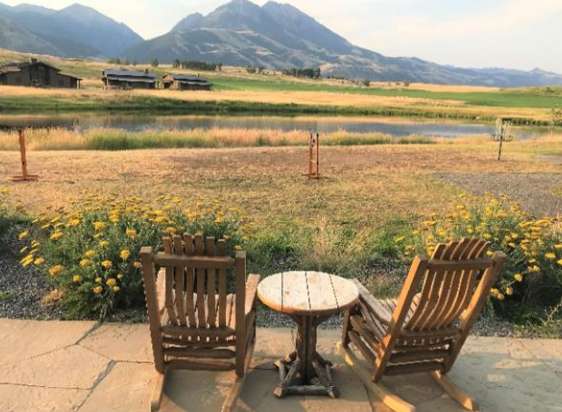
Like so many other parents this Fall, my husband and I became “Empty Nesters”. Our baby girl, and youngest of three was heading off to college and we were faced with the reality of being alone for the first time in 26 years. We decided that this was a life milestone that we should observe, rather than dread. We had spent years devoting endless time and energy to our children and now they were all out in the world as healthy, happy, productive members of society. We had much to celebrate. So, after dropping our daughter off at college we traveled to Montana’s Paradise Valley and spent a few days at Sage Lodge to mark this special occasion. Montana’s Paradise Valley starts near Livingston, which sits on I-90, and stretches south along highway 89 towards Yellowstone National Park. It is the major river valley of the Yellowstone River and is flanked by the Gallatin and Absaroka Ranges. Highway 89 was the original entrance into Yellowstone National Park, although there are now two additional entrances, one each in Montana and Wyoming. Along with its unmatched beauty and world-class fly fishing on the river, the valley also offers other natural wonders such as several natural hot springs.
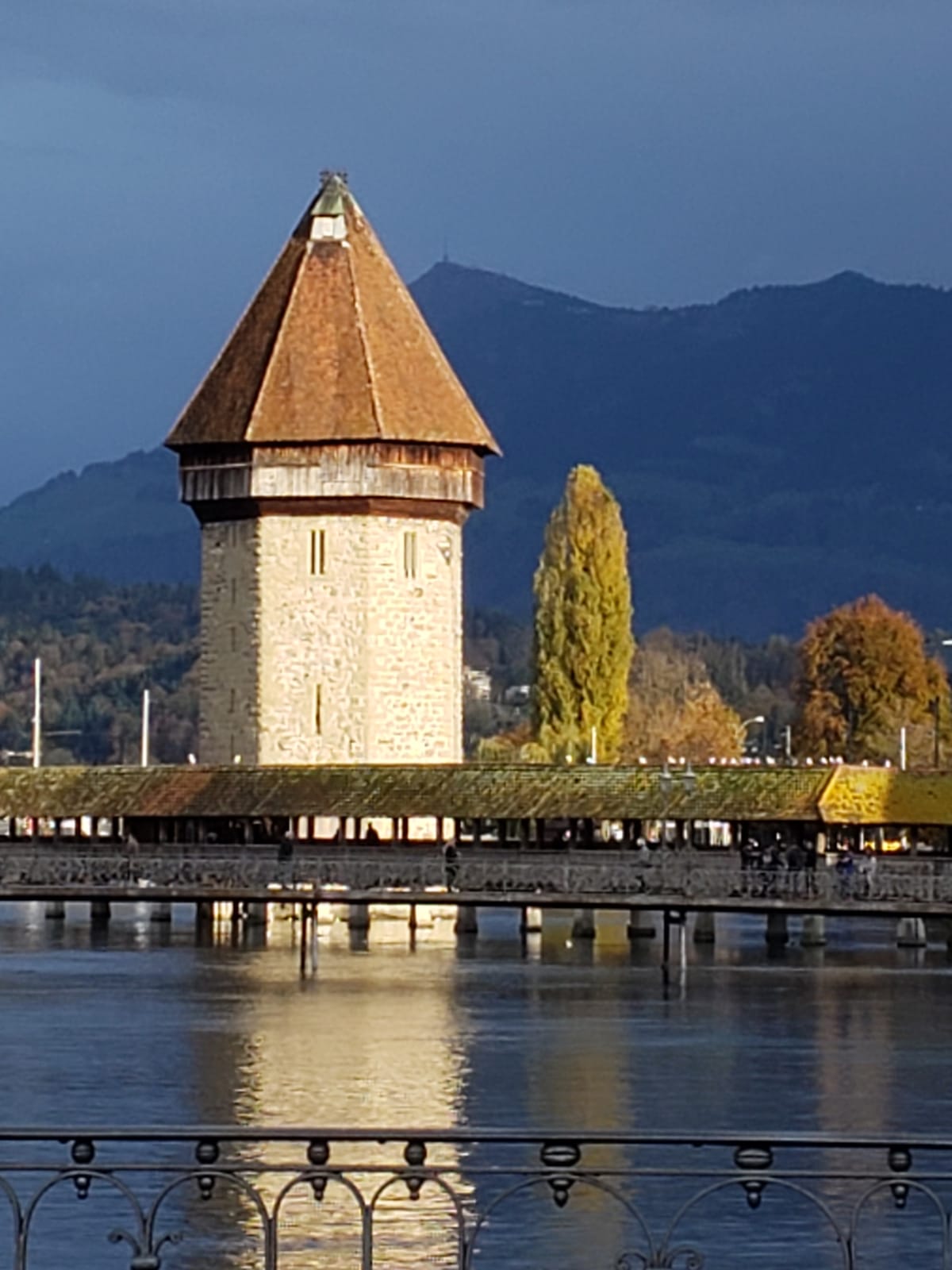
Ernest Hemingway once described Switzerland as “a small, steep country, much more up and down than sideways, and stuck all over with large brown hotels built on the cuckoo clock style of architecture.” Susan’s recent travels between Geneva and Zurich proves that a lot has changed in the Swiss hotel scene since Hemingway’s observation. While she has lots of experience setting up pre- and post-river cruise activities and private trips in the area, this “self-imposed” familiarization was to acquaint herself with Virtuoso’s Swiss properties. Susan’s excited to share her thoughts on this diverse list of hotels, as well as the historic cities they call home.
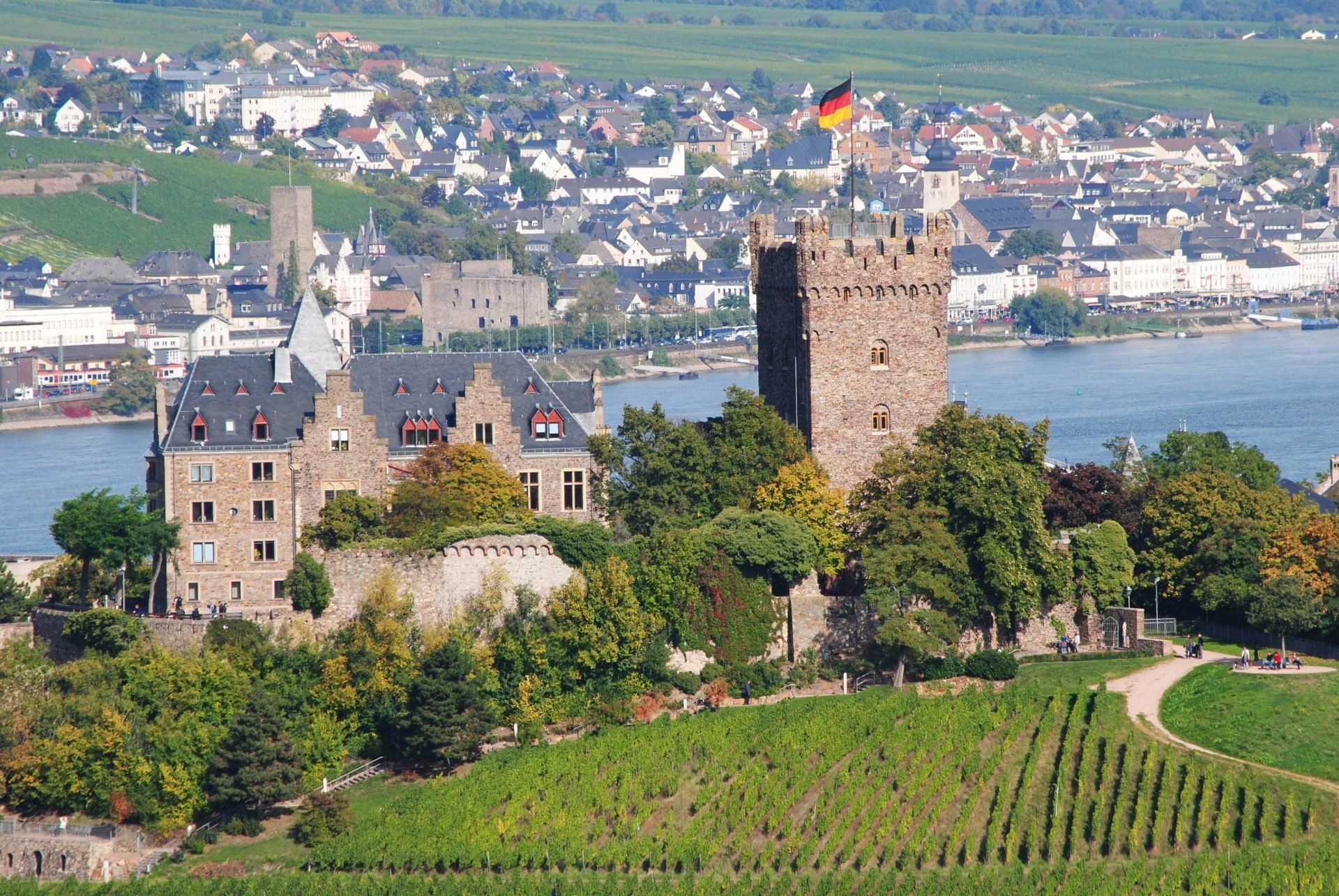
This past fall, Susan was invited to sit on the Advisory Board for the German National Tourism Offices out of New York City. In partnership to boost tourism to Germany, she toured two of the country’s most iconic cities. From the eclectic coffee and artistic scenes of Hamburg, to an exploration of the tumultuous history of Berlin, there was a lot to take in. Susan hopes her journey will shed light on why Germany should be the destination of your next European vacation. Below you’ll find some incredible places to stay, cuisine to sample, and experiences that will put the discovery of German culture at the forefront of your travels.
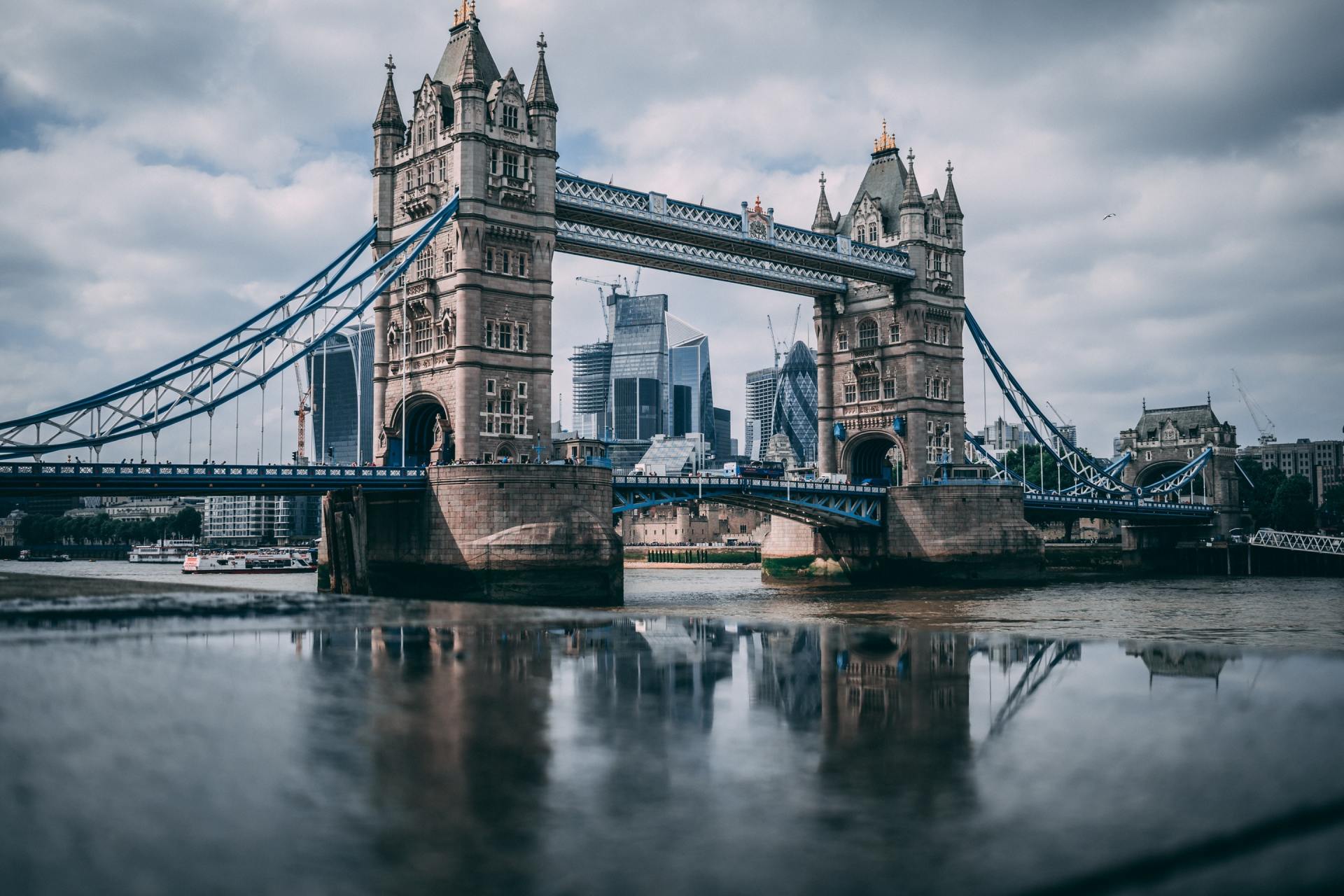
With Paris and Rome, London forms the trifecta of must-visit cities for those first taking the dive into European culture. A hub of history, politics, architecture (both very old and very new), and the arts, London has a little bit to offer everyone. This November, Susan had the opportunity to tour over a dozen of the city’s best boutique hotels so you know where to stay during your visit. In addition, Susan also toured some of the charming villages that surround London that are perfect for a day trip, or quick weekend, to escape the hustle and bustle of the city. She hopes her exploration of this British metropolis will help you know where to start when planning your first (or next) European getaway.

